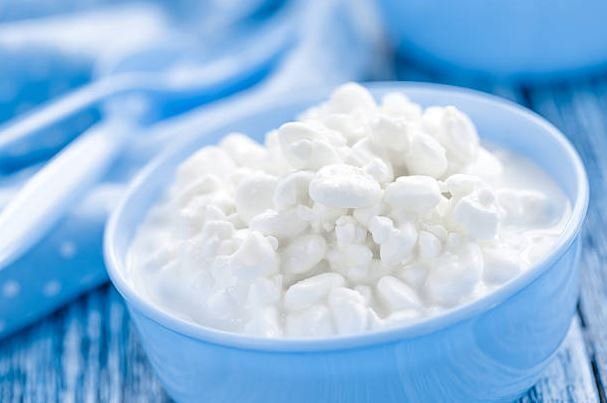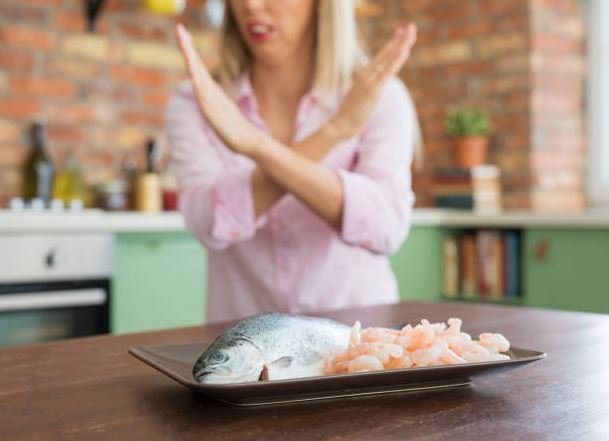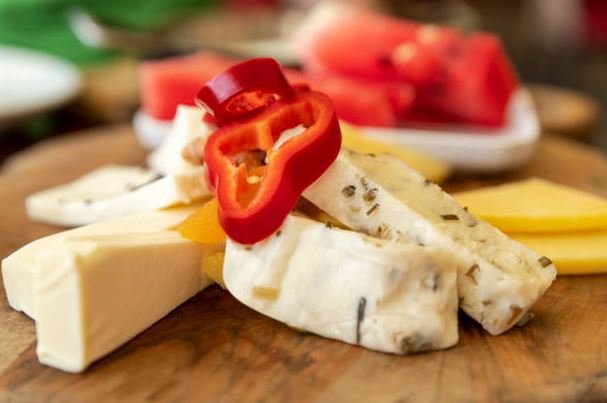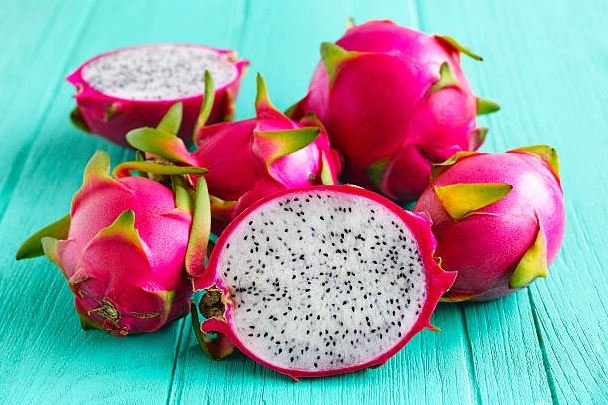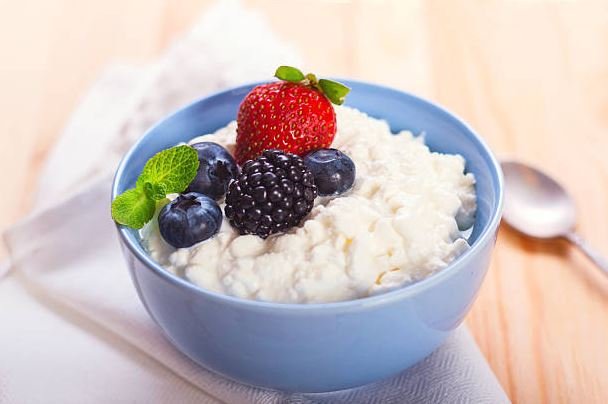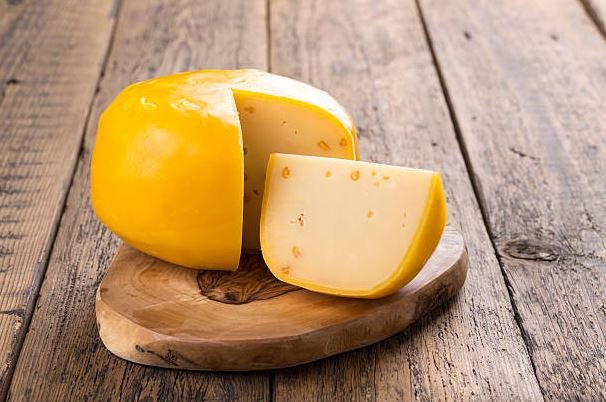One hot topic for foodies is whether or not to eat the skin of salmon. If it can be eaten, how best to prepare it, and if not, how to remove it. The taste, texture, and additional flavor that the salmon skin has is worth eating.
You can eat salmon with the skin because it is mostly safe, with a bonus of juiciness and flavor. The most important thing is ensuring the salmon is from a reputable, high-quality source. Like other living organisms, fish (salmon included) accumulate pollutants from water, air, and their environment.
Specifically, salmon absorbs chemicals like mercury and polychlorinated biphenyls (PCBs) over time. These chemicals are in higher concentration on the skin and the fat layer beneath the skin.
PCBs were banned in industries until 1979, when they were banned for their adverse health effects, but some remnants of this chemical are found to pollute our water, soil, air, fish, meat, and some dairy products. PCBs have been associated with adverse effects on the endocrine, nervous, and immune systems and with some types of cancers.
The bottom line is, if you want the added flavor and taste of salmon skin, ensure you buy high-quality salmon that are reared in good condition and are free from any pollutants.
Guide on How To Remove Salmon Skin
It’s okay if you are not interested in the skin. How about if you want to remove your salmon skin for a different cooking recipe? Below are valuable tips on how to remove the skin from salmon successfully:
- Place the fish skin-side down on a flat surface (chopping board).
- Sprinkle salt to prevent the salmon from sliding and give you a better grip.
- Hold the tail end and use a sharp knife and begin cutting the skin away from the flesh in the opposite direction from the tail end.
- While holding the tail end still, cut the entire fillet while being careful not to cut through the skin.
- Remove the salmon and save it for a special treat.
- Sprinkle some salt, dried pepper, and other seasonings of choice, and make delicious salmon skin crisps while watching your favorite Netflix series.
If you’ve already cooked your salmon with the skin on, taking off the skin is pretty more manageable. It peels right off using your fork, knife, or hands if you want to be a bit messy.
What Are The Healthy Benefits of Salmon Skin?
Salmon is a good source of protein and omega-3 fatty acids. And the skin is one of the healthiest parts of this pink fish. Like salmon, the skin is an excellent source of omega-3 fatty acids, vitamins D and B, and minerals like niacin and phosphorus. It has the highest concentration of hard-to-get acids (omega-3).
Aside from treating your mouth with a unique flavor and texture, it helps minimize inflammation and supports brain function and immune health. Another important use is the reduction of triglycerides level and, in turn, reduce your risk of developing heart diseases. It also helps improve your skin by giving it a brighter look, as most people even take omega-3 supplements for skin health.
Can the good news get better? Cooking with the sling helps to retain a lot of nutrients and oils that may be lost during the cooking process. This makes the fish tastier and healthier.
Is Salmon Skin Safe to Eat?
Salmon skin is safe to eat because it has a lower PCB level than other fishes. However, you have to be attentive when choosing your fish. There are different types of salmon, each with a different PCB level in its skin.
While both farmed and wild salmon have tolerable PCB levels, wild-caught salmon is the safer option. A study once reported that farmed salmon contains 36.-3 ppb while wild-caught salmon contains 4.75, which makes the wild salmon salon the safest to enjoy.
What Are The Risks and Side Effects of Salmon Skin?
While salmon skin is safe for people to eat, fish are known to get contaminated by pollutants in water and air.
The chemical polychlorinated biphenyls (PCBs) are absorbed into the salmon through their skin or from other fishes they eat. PCBs have been proven to have carcinogens and are linked to some congenital disabilities.
Another harmful chemical that salmon absorb during their lifetime is methylmercury. This chemical is toxic to humans in high quantities. Pregnant women and children are most prone to experience side effects from this harmful chemical. If you are a pregnant or nursing mother, it is best to avoid salmon skin to be safe. For other people, the benefit outweighs the risk. So it’s pretty safe for them.
Methods on How To Cook Salmon Perfectly With The Skin on

There are countless ways to cook salmon with the skin to get a crispy texture. From frying, poaching, or grilling to engraving those grill marks, here are some tips for achieving a precooked salmon with the skin on.
1. Skin Down
From pan searing to baking or grilling, always cook your salmon with the skin side down. Slipping a spatula underneath the pan will make it easier for a nice flip. It will make it crispier and more delicious, form a nice coating to the delicate flesh, and have an oven-baked salmon.
2. On the Grill
Grilling salmon with the skin on is pretty straightforward. First, Pat dry the salmon because the drier it is, the less likely it is to stick. Rub olive oil, salt, and pepper on both sides before throwing it on a preheated grill. Place the skin side down on the hotter part of the grill for 8 minutes.
Gently flip to the lower heat area for 4 minutes. Be careful not to let your salmon overcook because it cools quickly on a grill.
3. Air frying
Air frying will only take up to 7 minutes for a fast salmon dish. Rub your salmon with olive oil, salt, pepper, and other seasonings. Put them in the air fryer basket and set the temperature at 390 for 7 minutes.
Most air fryers are automatic; they’ll go off immediately after the set time, and you have your delicious salmon.
4. Substitute with Bacon
Make long thin strips of salmon. Add them to a bowl and sprinkle some seasoning (salt, pepper). Fry them in vegetable oil until they become crispy.
It may not look exactly like bacon, but it is a tasty and healthier substitute. You can also snack on them or eat them as appetizers.
How to Make Smoked Salmon
You can permanently preserve your meat, poultry, and fish through the smoking process by exposing them to smoke. It has been an old method of preservation.
- To smoke salmon, clean the salmon and thaw if frozen.
- Cover it in salt and allow it to sit for 12 hours. During this time, the salmon draws out moisture. Drawing out moisture will help enhance the salt and act of preservation by preventing the growth of harmful bacteria that cause food poisoning.
- Rinse the salmon in the water to remove excess salt and transfer them to a smoking kiln to dry. This will help the salmon develop a pellicle ( a coating protein that allows smoke to adhere to the fish’s surface).
- Set up a fireplace with wood chips and sawdust to produce smoke.
- Attach the kiln to the smoker.
- Smoking salmon can be done in two ways, either hot or cold, with the difference being the temperature of the smoking chamber.
Cold-smoked salmon is smoked under the temperature range of 50-90°F for 20 hours or more. Since the temperature is not that hot, it should be done under a strict supervisor to avoid contaminating the fish and to avoid possible risk of foodborne diseases. A cold smoked salmon is smoother and mild
In contrast, a hot smoking chamber is warm with an internal temperature of at least 145°F for 30 minutes or more for the salmon to cook correctly. Most smoked salmons in the market are cold smoked; the difference between the two types of smoking can be seen from the packaging label. It’ll clearly state if the fish has been thoroughly cooked or not. Some food experts have advised against cold smoking at home for the safety risks. With the right equipment and knowledge, you can easily carry out any twin smoking techniques.
Some smoked salmon require refrigeration, while others do not, as long as the package is locked. Always check the package for storage options. Once you open a packaged salmon, you can refrigerate it for three months. Avoid salmon with dark bits all over them. These dark bits make your dish taste unpleasant.

Easy Smoked Salmon Recipe
Ingredients
- 1 pound of fresh salmon fillet
- 1 tablespoon of kosher salt
- 1 tablespoon of brown sugar
- 1 tablespoon of ground black pepper
- 1 tablespoon of paprika
- 1 tablespoon of garlic powder
- 1 tablespoon of onion powder
- 1 tablespoon of liquid smoke
- Olive oil
Instructions
- Start by preparing the salmon fillet. Remove any bones and skin from the salmon and pat it dry with a paper towel. Place the salmon in a shallow dish.
- In a small bowl, combine the kosher salt, brown sugar, black pepper, paprika, garlic powder, and onion powder. Mix well.
- Rub the spice mixture all over the salmon fillet, making sure to cover the entire surface of the fish. Use your hands to massage the spices into the salmon, ensuring that they are evenly distributed.
- Drizzle the liquid smoke over the top of the salmon fillet. Use a brush or your hands to spread the liquid smoke evenly over the fish.
- Cover the dish with plastic wrap and refrigerate for at least 2 hours, but preferably overnight.
- After the salmon has marinated in the spices and liquid smoke, remove it from the refrigerator and let it come to room temperature for about 30 minutes.
- Preheat your smoker to 225 degrees Fahrenheit. If you don’t have a smoker, you can use a grill with a smoker box or even an oven.
- Brush the salmon fillet with a little bit of olive oil. This will help the fish stay moist during the smoking process.
- Place the salmon fillet on the smoker grates, skin-side down. Close the lid and smoke for about 2-3 hours, or until the internal temperature of the salmon reaches 145 degrees Fahrenheit.
- Once the salmon is cooked, remove it from the smoker and let it rest for a few minutes before slicing and serving.
Video
Conclusion
Eating the skin on salmon is a matter of preference. Eating the skin gives you an additional blast of flavor and taste. Alongside the taste, salmon skin is packed with healthy nutrients that benefit the body. It contains omega-3 fatty acids, essential vitamins, and minerals for improved brain, immune and nervous function. It is important to note that salmon, like other fishes, can be contaminated with harmful pollutants in water like methylmercury and PCBs.
These chemicals harm the body, especially pregnant and breastfeeding women and children. It has been proven to cause various congenital disabilities, and PCBs have some carcinogens. However, if your fish is farmed in a clean and well-treated environment, it will be safe from such pollutants. You can also ensure you buy from reputable sources. To be safe, it’s best for children, breastfeeding, and pregnant women to avoid salmon skin.


